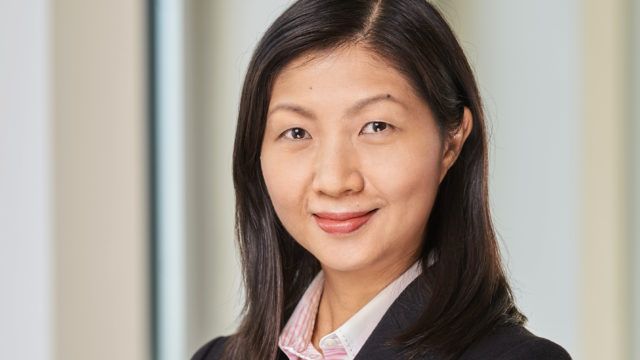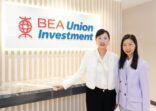Pheona Tsang, BEA Union Investment
“The variable for the bond market is a potential inversion of the yield curve,” said Tsang, who manages an Asian fixed income fund investing primarily in US dollar-denominated securities.
“In August, concerns were about further narrowing spreads between long- and short-term yields and eventually an inverting between the two (long-term bond yield is lower than short-term ones of the same credit quality).
“But at the moment, it is fairly unlikely to see an inverted trend because the short-term bond yields have priced in the expectation of rate hike, unless the US Fed increases rates massively. The strong US economic indicators also support our views on a steepening long-end yield curve.”
Even if an inversion of the yield curve happens, the period will be limited, according to Tsang.
In addition, she believes the wide yield spread between corporate bonds and treasuries will compensate for the overall impact of future rate hikes.
Against this backdrop, she maintains a short duration in the fund. At the end of August, the average duration in the portfolio was three years and the current yield is 6.8%. The fund also holds floating rate securities to gain from rising interest rates.
Sector choices
In terms of sector, she is bullish on the stable high-yield issuers in China’s property sector. “We allocate in a conservative fashion for the sector because of an ongoing tightening in market liquidity on the mainland. Funding costs for property bond issuers across the board has gone up,” she explained.
To limit the default risk, the fund selects high yield bonds with relatively better quality among peer issuance, which typically come with an annual yield of 6-8% and a credit rating of BB.
“We look into the cash flow and cash-to-short-term-debt coverage to identify the lower quality issuers.”
The fund also favours large scale real estate players, which generally own a larger land bank of lower initial purchase cost and have a potential to take up more market share.
According to the fund factsheet, her fund has 60.9% of assets in China’s corporate bonds as of the end of August and property bonds amount to 52.1% of portfolio assets.
Three-year performance of the BEA Union fund versus category average


















